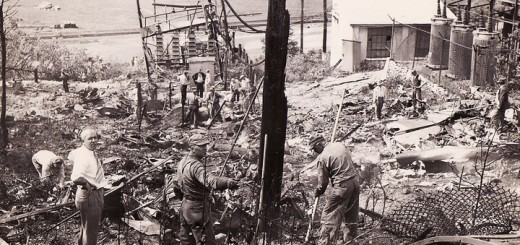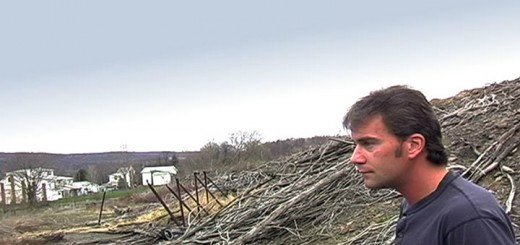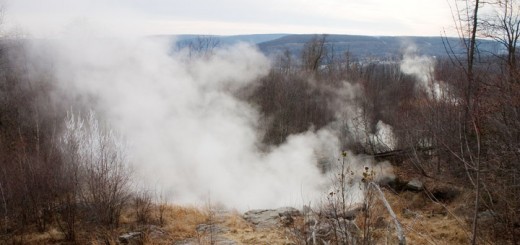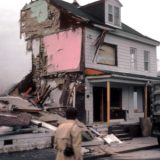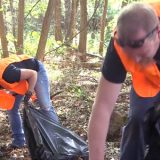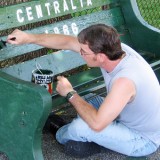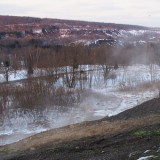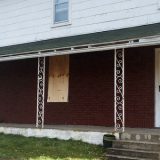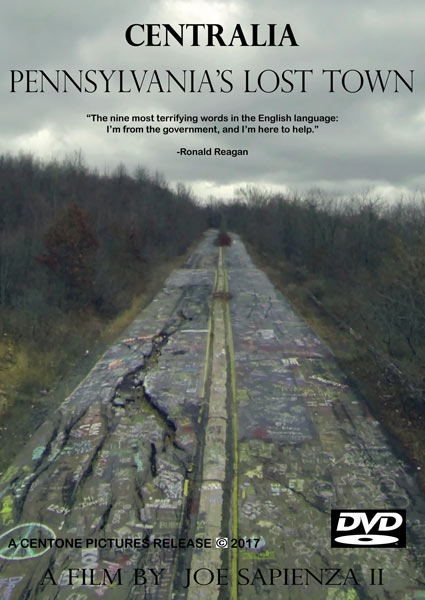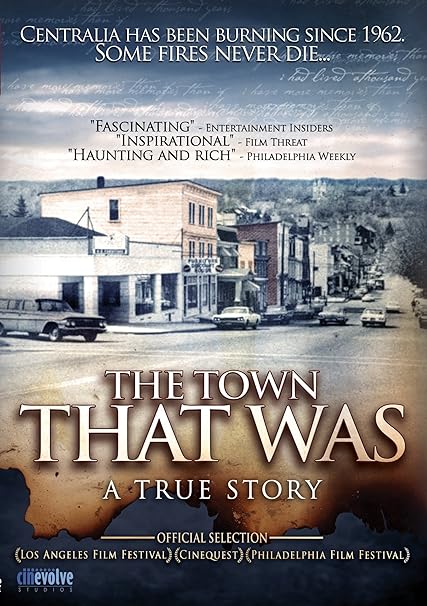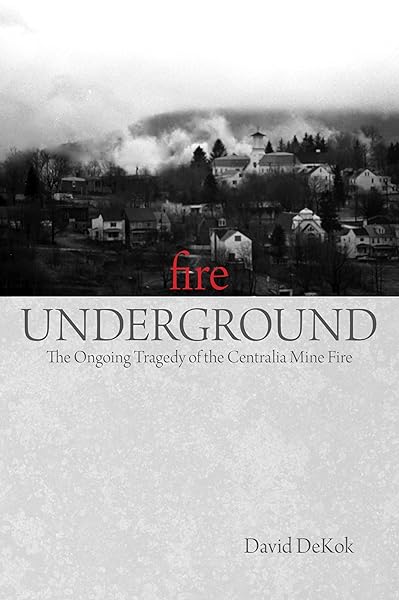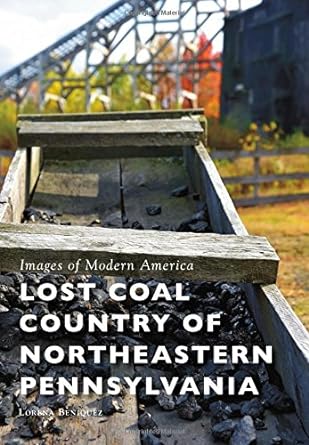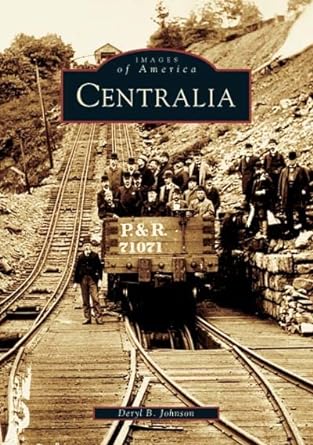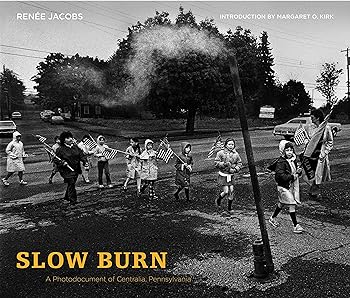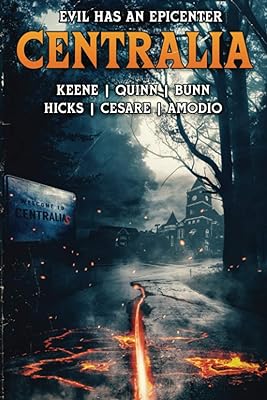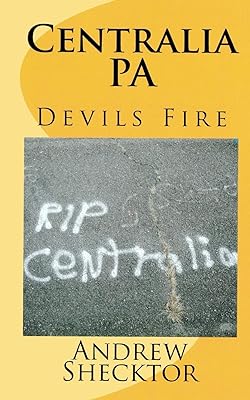By 1980 it was clear that Centralia, Pennsylvania was having a problem with mine gases. Soon, canaries would be called upon to save the day.
The problem gases included carbon monoxide, carbon dioxide, and methane. All these could be deadly to humans in large enough quantities. Although, carbon monoxide posed the greatest risk to Centralia PA’s residents. Carbon monoxide is a colorless, tasteless, and odorless gas. It is often emitted from smoldering fires, like the underground coal seam fire below Centralia.
People can die from carbon monoxide poisoning. Essentially, the gas replaces oxygen in the bloodstream. This slowly deprives a person of oxygen and leads to death. Symptoms of carbon monoxide poisoning include nausea, fatigue, weakness, vomiting, dizziness, sleepiness, and headaches.
Since the late 1960s, mine fire gases had begun to permeate the basements and homes of the town’s residents. These posed an immediate danger to anyone living there. People were concerned.
As a result, the Department of Environment Resources (DER) had provided a few Centralia, Pennsylvania residents with carbon monoxide detectors. These were drastically different from the small, relatively inexpensive detectors available for purchase today.
The carbon monoxide detectors in the 70s and 80s were large, bulky machines with bell alarms. They were also extremely expensive, costing several thousand dollars a piece! Because of this, relatively few families in Centralia PA were provided with detectors. These families would often share them with others.
As the fire grew, so did the need for carbon monoxide detectors. Finally, some families could wait no longer for DER and took matters into their own hands. They bought canaries.
Canaries actually have a long history of detecting deadly mine gases such as carbon monoxide. The idea of using a canary for this purpose was first suggested by John Scott Haldane in the 1800s. Since canaries have a high metabolism, rapid breathing rate, and small size, they are easily overcome by small amounts of deadly gases.
Miners in the 19th and 20th centuries took canaries with them into their mines to act as animal sentinels. If a canary began to get sick or even die, the miners knew the air was toxic, and it was time to get out. This is the origin of the phrase “canary in the coal mine” to describe any warning sign.
Centralia Pennsylvania was a mining town. In 1980 Lew Walcoski, the town’s only barber, sold canaries to a few remaining miners. Some residents who had not been given carbon monoxide detectors, visited Lew and purchased canaries for protection. One of these was Christine Oakum who had become concerned about the safety of her home after seeing her houseplants wilt and die.
So it was in this way that the trusty canary was able to migrate from saving coal miners to saving the families of Centralia PA.


